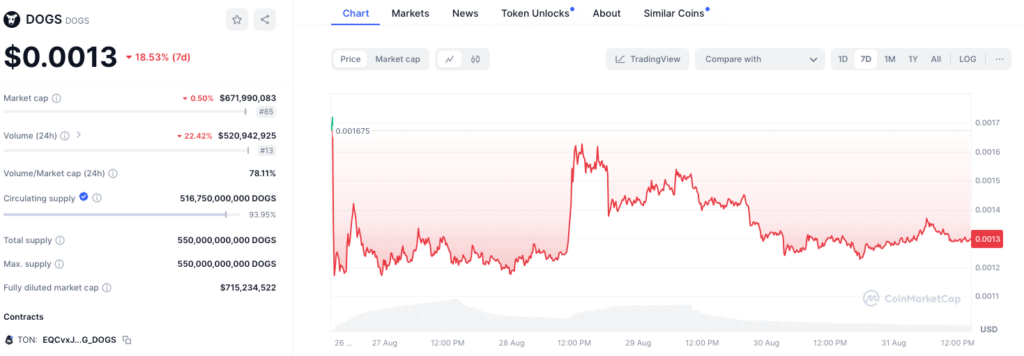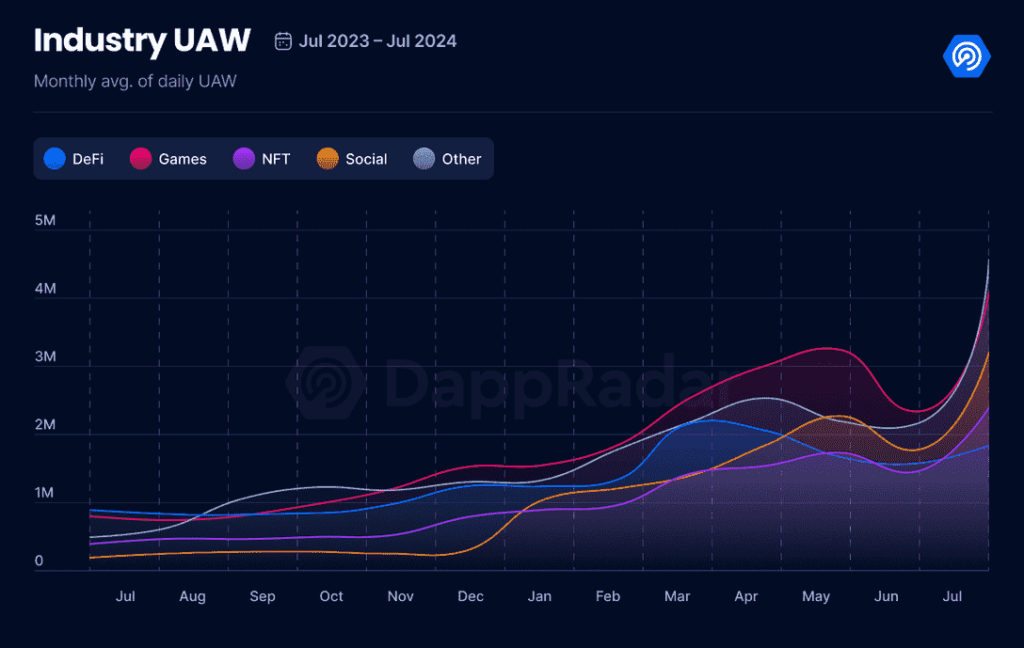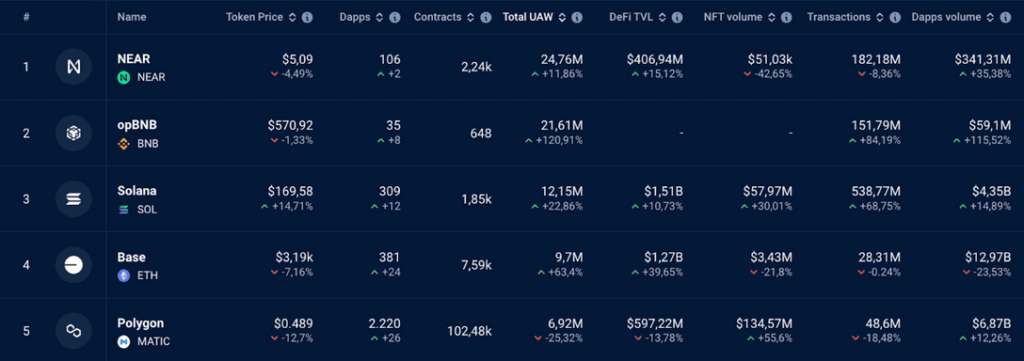Introduction
Bitcoin Nashville 2024, the annual flagship event for the world’s most important digital asset a month back. Organized by Bitcoin Magazine, it again provided a stellar showcase for BTC, loaded with big personalities, bold predictions, and the kind of energy you only get when money and politics collide in the USA.
This year’s conference, held from July 25-27, was one for the ages, and likely the most anticipated edition to date, with good reason. With over 35,000 attendees packed into Music City, it felt like a political rally crossed with a rock concert – all centered around that digital gold we call Bitcoin.
I attended Bitcoin 2023 in Miami last year as a journalist for a well-known crypto publication, which gave me unfettered backstage access to the event. At that time, around mid-May, Bitcoin was gasping for air at around $27k, getting throttled by mean-spirited US regulators. Still, people were optimistic about the year ahead. I listened to Michael Saylor wax lyrical about BTC for four hours in the press room, and was fortunate enough to ask new Bitcoin convert Vivek Rahmasamy a question or two. Also at the conference were Robert F Kennedy JR (RFK), Tulsi Gabbard, and a few lesser-known politicians.
A month after the event, BlackRock announced their Bitcoin spot ETF application – and we were off to the races. Now 12 months later, at this year’s edition in Nashville, ex-president Donald Trump has become an unlikely crypto evangelist and is speaking on the Nakamoto main stage. Coming on the back of his shocking recent foiled assassination attempt, this was impossible to fathom a year ago, especially if you dig up anti-crypto statements Trump made during his term in office.
But there he was, the former (and possible future) president, standing on stage at Bitcoin 2024 in Nashville, promising to create a ‘strategic BTC reserve’ if he wins in November. If you ever had doubts about Bitcoin going mainstream, retire them.
Trump Steals the Show
Trump’s keynote appearance was always going to be the headline act. Love him or hate him, he has fame and knows how to work a crowd. As he took the stage, the energy in the room was electric. Bitcoiners who’d waited over an hour to hear him speak were practically buzzing with anticipation. You can watch his full keynote speech here.
And he delivered, despite some uneven moments. He came out swinging, vowing to fire SEC Chair Gary Gensler “on day one” and end what he called the Biden administration’s “anti-crypto crusade”. It was music to the ears of many in attendance who’ve felt stifled by recent regulatory crackdowns. He promised to free Silk Road martyr Ross Ulbricht: pitch perfect to his libertarian-leaning audience.
But between the familiar self-praising soundbites and vitriol aimed at his opposers, Trump showed that he did his homework, or had the right crypto people give him the lay of the land. He wasn’t just there to bash the current administration, but ticked all the right boxes that Bitcoin maxis care about.
Trump’s pro-Bitcoin promises
The Donald laid out a surprisingly detailed pro-Bitcoin agenda:
- Establish a “strategic Bitcoin reserve” for the USA.
- Prevent the USA from selling its existing Bitcoin holdings.
- Create a “Bitcoin and crypto presidential advisory council” with members who support the industry.
- Fire SEC Chair Gary Gensler on his first day in office.
- End what he called the Biden administration’s “anti-crypto crusade”.
- Keep 100% of the Bitcoin the U.S. government currently holds or acquires in the future.
- Appoint a new SEC chairman who is more favorable to crypto.
- Shut down the controversial Biden administration-led “Operation Chokepoint 2.0,” which he claimed was aimed at choking crypto businesses out of existence.
- Work to keep Bitcoin jobs and businesses in the United States rather than seeing them flee to other countries.
- Aim to make the United States the lowest-cost energy and electricity provider of any nation on Earth, to support Bitcoin mining.
- Transform the U.S. into the “crypto capital of the world” and the “Bitcoin superpower of the world.”
- Commute the sentence of Ross Ulbricht, the founder of Silk Road.
- Create rules for the crypto industry written by “people who love your industry, not hate your industry.”
- Oppose Central Bank Digital Currencies (CBDCs).
It was surreal hearing a prominent politician shout “Never Sell Your Bitcoin” and compare it to the steel industry of the last century. Whether you’re a Trump fan or not, whether it’s mere political theater or not, it marks a shift in how politicians are approaching crypto.

Not Just a Trump Show
While Trump might have stolen the spotlight, he wasn’t the only political heavy-hitter at the conference. Robert F. Kennedy Jr., then running as a third-party candidate, proposed a reserve of a whopping 4 million Bitcoin. Senator Cynthia Lummis pitched her plan for a 1 million BTC federal stockpile. Even Senator Tim Scott got in on the action, floating the idea of Bitcoin “opportunity zones” for underserved communities.
Bitcoin was the belle of the ball, and every politician there was a-courting. What a time to be alive!
Big Money Takes Notice
It wasn’t all politics, though. The suits showed up in force too. Robert Mitchnick from BlackRock, and Chris Kulper from Fidelity talked about Bitcoin’s investment potential – a reminder of how far we’ve come from the days when crypto was just for rebels and cypherpunks.
And then there was Michael Saylor. The MicroStrategy CEO and Bitcoin über-bull didn’t disappoint, predicting Bitcoin could hit $13 million per coin by 2045.
Market Madness
All this bullish talk had an impact. Bitcoin’s price surged close to $70,000 during the conference, reaching levels not seen in weeks. It was a reminder of how much influence these high-profile endorsements can have on the market.
Regulation Fears Take A Backseat
Of course, it wasn’t all moonshots and lambos. The specter of regulation loomed over the proceedings, but less darkly than in previous years. Trump’s promise to fire Gary Gensler got some of the biggest cheers of the conference, reflecting the frustration many feel with the current regulatory environment.
There was also plenty of discussion about Central Bank Digital Currencies (CBDCs), with most speakers (including Trump) coming out strongly against them. The battle lines are being drawn between centralized and decentralized visions of digital money.
Looking Ahead
The Bitcoin Nashville conference could well be a turning point for crypto, thanks to such a high-profile endorsement by someone who is currently the slight favorite to be the next US president. Factor in that Kamala Harris, his Democrat opponent, apparently wanted to attend too, and is making overtures to the crypto community, and it becomes clear that the crypto vote is now strongly coveted by both US parties. Crypto is especially popular with minorities like African Americans and Latinos, meaning politicians can no longer ignore it.
In 2023 I asked several speakers whether Bitcoin and crypto would be a major political issue in the 2024 election. The overwhelming consensus was that it was still years too early for that. Things have moved faster than expected, with the approved ETFs and patronage from the world’s biggest finance firms. It’s not even a question anymore. Bitcoin adoption is accelerating in all arenas, and the intertwined worlds of finance and politics are no exception.
Let us know your thoughts! Sign up for a Mindplex account now, join our Telegram, or follow us on Twitter.























.png)

.png)


.png)